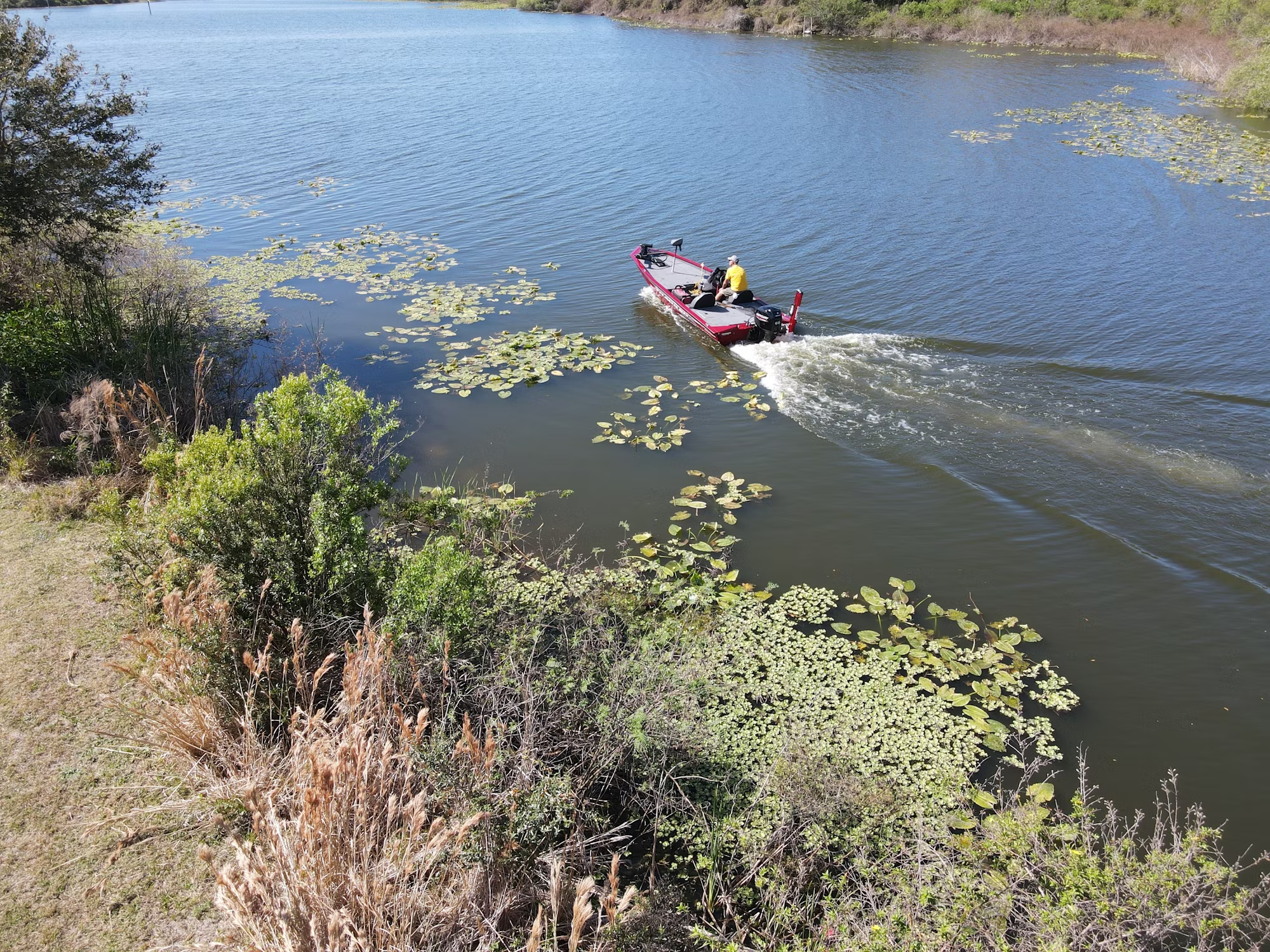Kayak fishing has surged in popularity over the past few years, combining the excitement of fishing with the adventure of paddling through serene waters. This unique blend allows anglers to access areas often unreachable by larger boats, providing a sense of tranquility and connection to nature. This article delves into the techniques, equipment, and best practices for kayak fishing, ensuring that both beginners and experienced anglers can make the most of their time on the water.
One of the main appeals of kayak fishing is the versatility it offers. Anglers can explore a variety of environments, including lakes, rivers, and coastal waters. The ability to navigate through narrow inlets and shallow areas allows for greater opportunities to catch a diverse range of species. Whether you’re targeting bass in a freshwater lake or fishing for flounder in coastal waters, a kayak provides the flexibility to adapt to various fishing scenarios.
Before setting out on a kayak fishing adventure, it’s essential to select the right kayak. Fishing kayaks are designed with features that enhance the fishing experience, such as stability, storage options, and comfortable seating. There are two primary types of fishing kayaks: sit-on-top and sit-inside. Sit-on-top kayaks are often favored for their ease of access and stability, making them ideal for warmer weather and fishing in shallow waters. Conversely, sit-inside kayaks offer better protection from the elements and can be a great choice for colder conditions.
Once you’ve chosen your kayak, outfitting it with the right gear is crucial. Essential equipment for kayak fishing includes fishing rods, tackle boxes, and safety gear such as a personal flotation device (PFD). Additionally, many anglers find it helpful to equip their kayaks with rod holders, anchor systems, and storage compartments for bait and tackle. A well-organized kayak will not only improve your efficiency while fishing but also enhance your overall experience on the water.
Understanding fishing techniques is vital for a successful kayak fishing trip. One popular method is casting, where anglers can use spinning or baitcasting reels to cast lures or bait into the water. When fishing from a kayak, it’s important to consider your positioning. Ideally, you want to drift or paddle into the current, allowing your bait to move naturally with the water. This technique is particularly effective for species such as trout, bass, and pike, which are often found near structures like fallen trees or submerged rocks.
Another effective technique for kayak fishing is trolling, which involves dragging a lure behind your kayak as you paddle. Trolling can cover a larger area, making it an excellent option for locating fish that may be spread out across a body of water. Anglers can use various lures, such as spoons, crankbaits, or live bait, depending on the species they are targeting. Adjusting the speed of your kayak will also impact the effectiveness of your trolling, so experimentation is key.
In addition to these methods, understanding the local environment is crucial for success in kayak fishing. Familiarizing yourself with the waters you plan to fish will give you insights into fish behavior, feeding patterns, and optimal fishing spots. Many anglers keep a fishing journal to track their experiences, noting which locations, times of day, and conditions yield the best results. This information can be invaluable for future trips, helping you refine your techniques and improve your catch rate.
Safety should always be a top priority when kayak fishing. Before heading out, it’s important to check weather conditions and be aware of any potential hazards in the area. Wearing a PFD is essential for personal safety, and bringing a whistle or signaling device can be helpful in case of emergencies. Additionally, it’s wise to inform someone of your fishing plans, including your intended location and expected return time. Being prepared will allow you to focus on enjoying your time on the water without unnecessary worries.
The social aspect of kayak fishing adds another layer of enjoyment to the experience. Sharing a day on the water with friends or family can lead to lasting memories and a deeper appreciation for the sport. Many anglers enjoy hosting fishing outings, where they can share techniques, stories, and the thrill of the catch with loved ones. Whether it’s teaching a newcomer how to cast or competing to see who can catch the biggest fish, the camaraderie of fishing enhances the overall experience.
As with any outdoor activity, practicing sustainability is important in kayak fishing. Being responsible and respectful of the environment ensures that future generations can enjoy the same experiences we cherish today. This includes following local regulations regarding catch limits, using barbless hooks to minimize harm to fish, and properly disposing of waste. By adopting sustainable practices, you contribute to the health of aquatic ecosystems and protect the natural beauty of the waters we fish.
The joy of kayak fishing extends beyond the thrill of catching fish. The peacefulness of being on the water, surrounded by nature, provides a sense of relaxation and fulfillment. Many anglers find that the experience is as much about enjoying the scenery and wildlife as it is about the catch. Whether paddling quietly along the shore or casting a line in the early morning light, kayak fishing invites you to immerse yourself in the natural world.
In conclusion, kayak fishing is a rewarding and versatile activity that offers something for everyone. From selecting the right kayak and gear to mastering various fishing techniques, there’s much to explore and enjoy. As you embark on your kayak fishing journey, remember to prioritize safety, practice sustainability, and savor each moment on the water. With the right preparation and mindset, your kayak fishing adventures will surely lead to unforgettable experiences and cherished memories.
